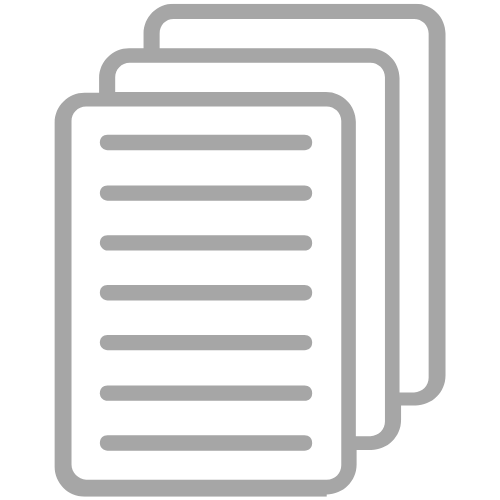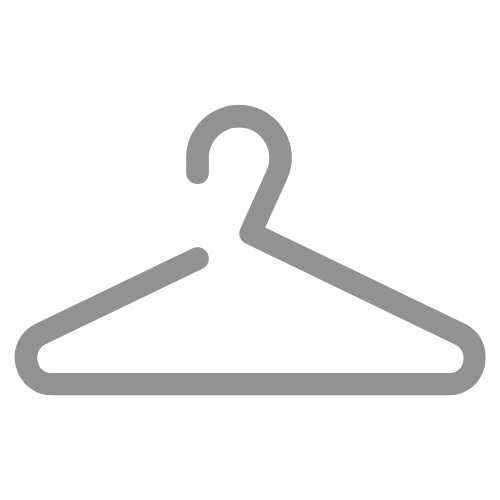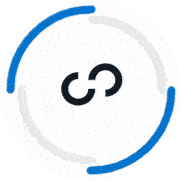Applying to an online job posting can feel like firing your resume off into a black hole.
On average, a corporate job opening receives over 200 applications. And, if you're aware of this fact, you may be wondering if the hiring manager will even see your resume amid the hundreds of others — let alone respond.
The truth of the matter is that there’s, indeed, a chance that your application will be overlooked simply due to the sheer volume of applicants.
Or, your resume may be quickly scanned by the HR department, but then forgotten about as it’s pushed down toward the bottom of the rapidly growing stack.
That's why, in addition to crafting a stellar resume and cover letter that sets you apart, it's crucial to follow up on your application if you don’t receive a response. Doing so will help increase your visibility and help keep you top-of-mind in the recruiter/hiring manager's eyes.
So, in this article, we’ll be covering:
- When to follow up on a job application
- How often you should follow up
- Who you should be following up with
- What to say in your follow-up
- 3 follow-up email templates to guide you
Let’s get started…
When Is The Best Time To Follow Up On A Job Application?
As with any form of follow-up, timing is important. If you send your follow-up too soon, you run the risk of coming across as impatient and out-of-touch with professional etiquettes and turnaround times.
On the other hand, if you follow up too late, your window of opportunity may have closed because the company already moved into the next phase of its hiring process (or filled the position).
So, where’s the sweet spot? As a general rule of thumb, you should follow up between 1-2 weeks after you’ve sent your initial application. Or, in other words, around 7 business days, give or take 1-2 days.
That being said, not all business days are created equal. You should ideally send your follow-up on a Tuesday, Wednesday, or Thursday. Avoid Mondays and Fridays, as Mondays are often the most hectic day and Fridays are too close to the weekend.
How Often Should You Follow Up?
In addition to timing, you also need to consider frequency. You should set a general limit of three follow-ups, with the second and third coming approximately 5 days apart after your first follow-up message.
So, to review, your first follow-up should be sent around 7 business days after your initial application. And, if necessary, your second and third follow-up should come every 5 days after that.
Who Is The Best Person To Follow Up With?
This section comes with a preface: before you proceed with a follow-up, you need to carefully review the job posting. Sometimes, the posting will explicitly request that you refrain from follow-up communications. If that’s the case, you should respect the request. Going against it will likely do more harm than good.
But, if the job posting doesn’t mention follow-ups, you’re in the clear. And, from there, the next consideration we need to address is whether you should follow up via email or a phone call.
Email vs. Phone
You may be tempted to pick up the phone, but email is the way to go. Unexpected phone calls (in this context) can catch the hiring manager off-guard and put them in an uncomfortable position — whereas an email will give them the opportunity to review who you are and respond accordingly on their own terms. You can also utilize an email tracking tool like Yesware to keep track of opened emails.
Locating the Hiring Manager
Returning to the main theme of this section, the best person to follow up with is always the hiring manager. That’s because they have the most influence over the hiring decision — so they’re the person you’ll want to focus on.
To send a follow-up to the hiring manager, you’ll need their email address. Check the job posting — sometimes their contact info will be included. If not, you’ll need to do a little digging.
You can check the company’s LinkedIn page (Under ‘People’) to help you determine who the hiring manager is. And, from there — if their email address isn’t listed on their LinkedIn profile — you can use a tool like Mailscoop.io to reveal the company’s email convention.
Lastly, if you’re unable to determine who the hiring manager or is (or pin down their email address), the next best option is to reach out to the recruiter/HR contact who is managing the job posting.
What To Say When You Follow Up On A Job Application
Now that we’ve covered the timing, medium, and person to contact, let’s review how to phrase your follow-up email. Above all, you need to ensure your message is courteous and professional. The last thing you want is to come across as aggressive, rude, or overly casual — as any three of these will damage your reputation.
To elaborate, here’s a list of guidelines to help you formulate your message.
Do…
- Use a clear, descriptive email subject (e.g. “Checking in on my application for [role]”)
- Express your continued interest in the position
- Tailor your message to the role you’re applying for
- Keep in fairly brief and to-the-point
- Touch on why you’d be a great fit and are excited about the opportunity
- Offer to provide additional materials or references upon request
- Finish on a note of gratitude (e.g. “Thank you for your time and consideration”)
Don’t…
- Send a vague or generic message (e.g. a ‘cookie-cutter’ email)
- Use pushy/demanding language at any point
- Be overly casual/informal (e.g. “Hey [Name]!”)
Now, let’s see these principles in action with the following email templates…
Follow-Up Email Templates
Template #1
Hello [Contact’s Name],
I hope your week is [off to a good start/going well]. I’m writing to you today to follow up on the job application I submitted on [date] for the [position you’re applying for]. I’m sure you’re quite busy, but I wanted to quickly check in to confirm the position is still open.
I’m very excited about the opportunity to [specific impact the role has within the team/company] at and I feel this role is a perfect fit for me. [One sentence explaining how your background aligns with the role].
Please let me know if there is any additional information or references I can provide to aid you in your hiring decision. Thank you so much for your time and consideration – I look forward to hearing from you.
Sincerely,
[Your Full Name]
[Your LinkedIn Profile]
[Your Phone Number]
Template #2
Hi [Contact’s Name],
I hope this message finds you well. Last week, I submitted my application for the [position] opening on your team, and I wanted to follow up to reiterate my interest and confirm the position is still available.
I was thrilled when I came across your job posting and learned that you’re looking for a candidate who [skills and experience required in the role].
I feel this role is a perfect fit for me, as I [brief explanation of how your background aligns with the role]. I’d love to discuss the opportunity further with you and your team. Please let me know if there is any additional information or references I can provide to aid you in your hiring decision.
Thank you so much for your time and consideration – I look forward to hearing from you.
Regards,
[Your Full Name]
[Your LinkedIn Profile]
[Your Phone Number]
Template #3
Hi [Contact’s Name],
I hope this message finds you well. I wanted to reach out to follow up on the job application I submitted on [date] for the [position you’re applying for]. I’m very excited about this opportunity and would love to discuss the role further with you and your team.
I know that you’re looking for a person who [abilities and experience required in the job description], which is why I feel this role is a perfect fit for me. [One sentence explaining how your background aligns with the role].
Please let me know if there is any additional information or references I can provide to aid you in your hiring decision. Thank you so much for your time and consideration – I look forward to hearing from you.
Best,
[Your Full Name]
[Your LinkedIn Profile]
[Your Phone Number]
Additional Resources To Optimize Your Job Hunt
If you're reading this, there's a good chance you're currently searching for new career opportunities. And, in that case, I have many other resources to help guide you toward landing your dream job!
If you're early on in your search, be sure to check out my complete guide on How to Get a Job Anywhere With No Connections. And, once you start landing interviews, make sure to review How Top Performers Prepare for Job Interviews!




























